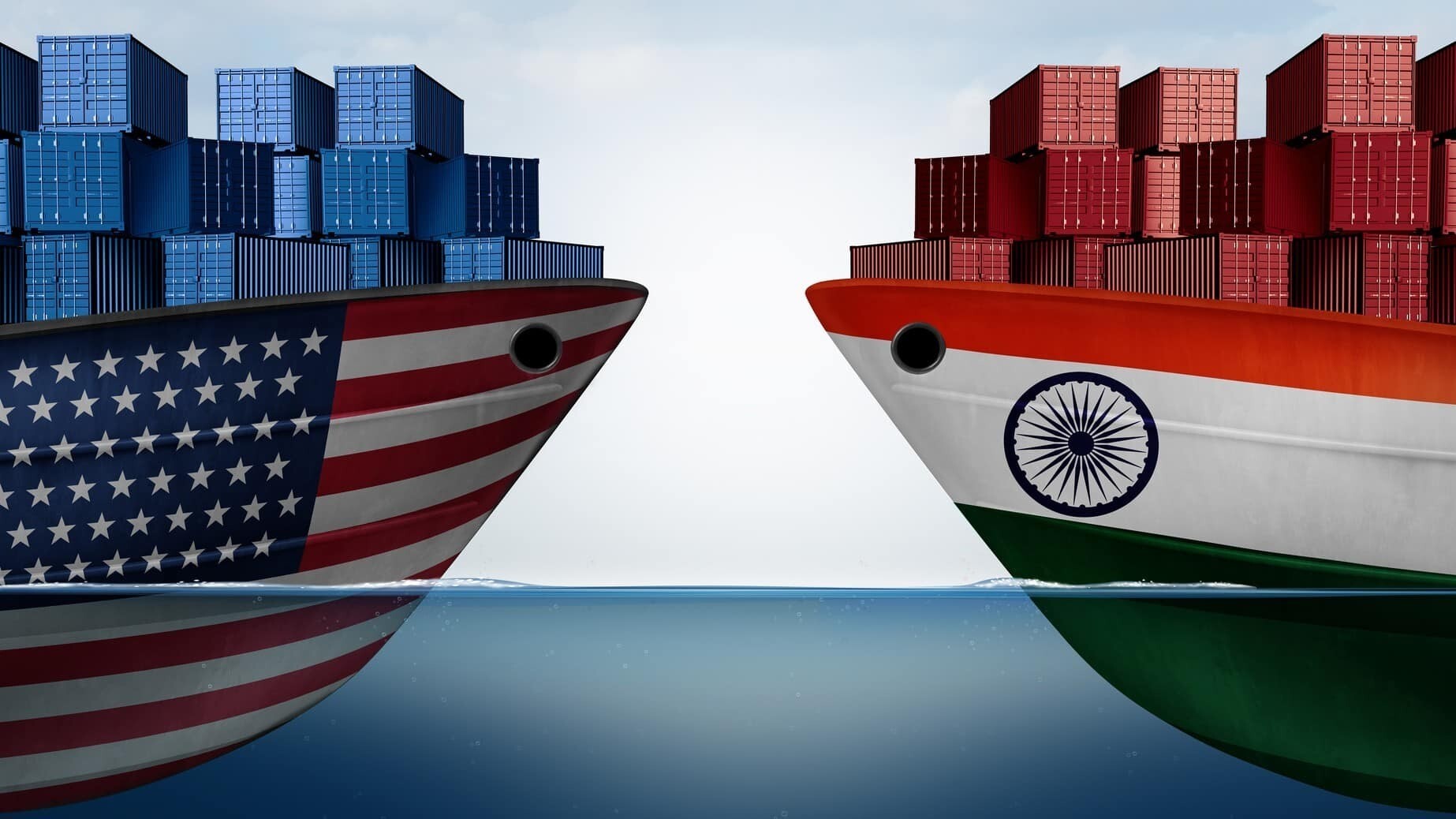

In response to India's earlier warning about imposing retaliatory tariffs if the US doubled duties on aluminium, steel, and automobile imports, Washington has pushed back. On July 17, 2025, the US told the World Trade Organization (WTO) that India has "no legal basis" to retaliate using safeguard measures.

In a notification to the WTO’s Safeguards Committee, India previously conveyed its concerns that the US safeguard tariffs on steel and aluminium revised in February 2025 could impact USD 7.6 billion worth of Indian exports with duties totalling USD 3.82 billion. And tariffs on automobiles and parts could impact USD 2.89 billion worth of trade with duties of USD 723.75 million.
However, the US responded strongly in a communication circulated at its request, stating, “These actions are not safeguard measures. Accordingly, there is no basis for India’s proposal to suspend concessions or other obligations under the Agreement on Safeguards.”
According to US officials, they have implemented their obligations to the WTO under Section 232 of the Trade Expansion Act, which had been framed as necessary for national security and, therefore, would not be subject to the WTO safeguards, blocking India from options to retaliate under the safeguards rules.
Also read: Could rising US tariffs spark a new chapter in India-US trade tensions?
India has indicated that it may take the same retaliatory step it took back in 2019 when it increased tariffs on 28 state goods, ranging from almonds to chemicals, in response to similar disputes, although it has not disclosed which specific products it will target in retaliation. Officials say that India is "reserving its right" to take action under WTO rules.
Officials are adamant that the procedural reservation does not derail the respective Bilateral Trade Agreement (BTA) talks between the countries concerned. Negotiations are currently happening in Washington for a fifth round, with efforts culminating in a first-phase agreement by September to October 2025.
Tensions flared back up on July 4 when the Trump administration doubled existing steel and aluminium tariffs to 50 per cent, even amid a temporary truce, intended to last 90 days, agreed upon on the basis of the July 9 date. The move, which included India, effectively undermined diplomatic attempts to settle the dispute.
India has since argued that if the tariffs were truly safeguard measures, the WTO’s retaliation mechanism would allow it to recover losses, a sum that could total USD 1.91 billion in additional levies on Indian exports.
The US has also pushed back on India’s claim regarding 25 per cent duties on autos and auto parts, reinforcing that these too fall under national security exemptions, not WTO-governed safeguards.
As the dispute heats up at the WTO, it is against a backdrop of complicated bilateral trade goals. The US is looking for access to Indian markets for electric vehicles, wines, dairy, and petrochemicals. India is looking for concessions related to its labour-intensive sectors of textiles, leather goods, and agriculture.
Despite the friction, India’s exports to the US rose 21.78 per cent to USD 17.25 billion in April-May 2025. Whereas imports increased by 25.8 per cent to USD 8.87 billion, reflecting deep interdependence.
As India weighs retaliatory tariffs, it walks a fine line between defending its trade interests and safeguarding progress in the broader US-India economic relationship.
Also read: India targets $3.82 billion in additional tariffs on US goods as aluminium trade tensions escalate
Responses








